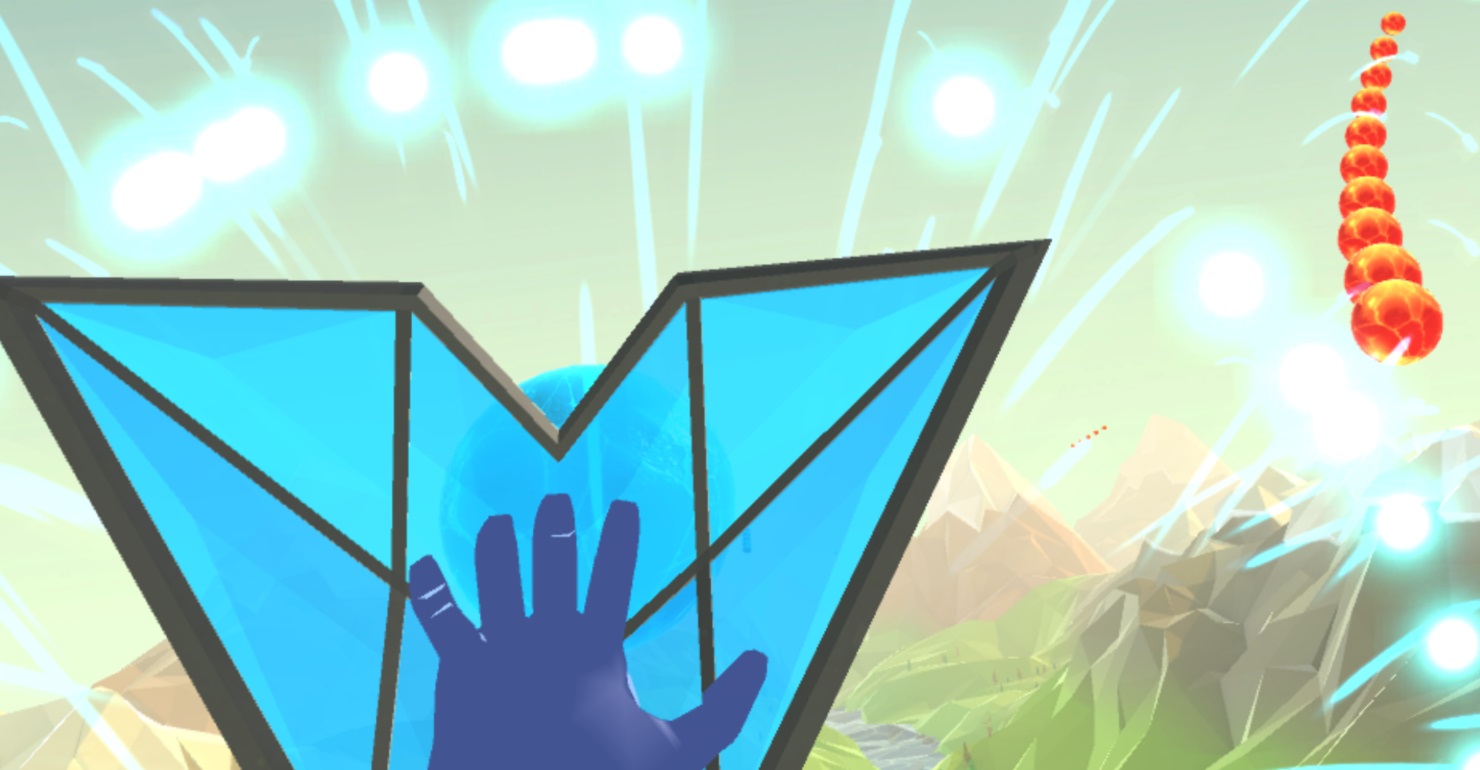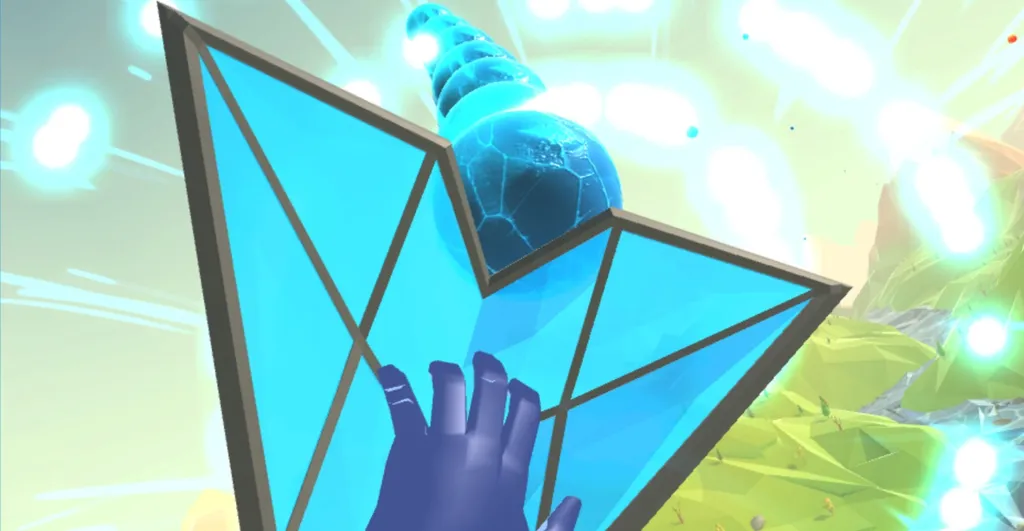UK-based healthcare company AppAttic is looking to make VR content that could play a pivotal role in stroke rehabilitation.
AppAttic is debuting its new VR experience this week at the South by Southwest Festival (SXSW) in Austin, Texas. Named Magic Moovr, the game caters not just to everyday VR gamers but also recovering stroke patients by adapting to the physical ability of the player. Developed with extensive testing across patients, clinicians and the general public, Magic Moovr aims to be playable at any stage of a patient’s rehabilitation. Currently, the game is being showcased on the new Pico Neo standalone VR headset with six degrees of freedom (6DOF) inside-out tracking.
Company CEO Carley Morrow explained to UploadVR how the game works, describing it as “very Audioshield-esque”. For those that don’t know, Audioshield is a popular PC VR game in which players use motion controllers to block incoming orbs that match the beat to music.

“The game we’re demoing here is very Audioshield-esque but the movements have been curated by neuro physios and the game configures according to user range of motion – the player simply hits blocks to begin with to assess their initial ability for each arm,” Morrow explained. “Then the orbs are served up accordingly and the game progresses/adapts accordingly as the player improves. The idea is to turn patients into players and remove stigma – if we can deliver a game that regular people would download we’re onto a winner.”
Magic Moovr can even scale for controller-less interaction depending on the player’s ability and is being used with Leap Motion’s upcoming 180 degree field of view (FOV) hand-tracker at SXSW.
Magic Moovr was developed as part of the EU Horizon 2020 and is expected to enter clinical testing in the UK and Italy in 2018/2019. Elsewhere, AppAttic is also working on a VR version of mirror box therapy, which is commonly used in the early stages of rehabilitation by creating the illusion of the user moving both hands. There could be exciting things to come from this company.


























